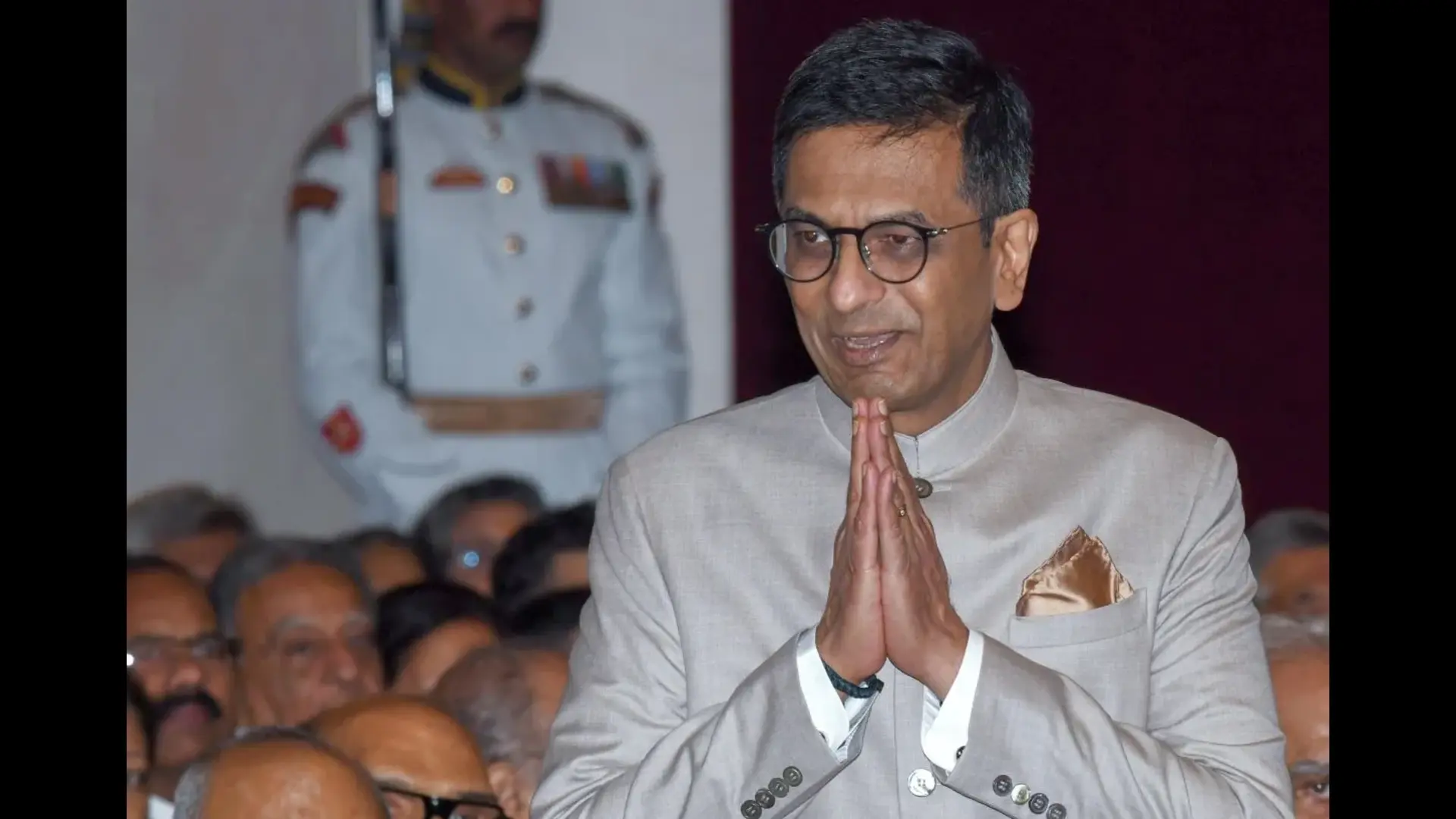
It should come as no surprise that India has one of the fastest-growing fintech ecosystems in the world, driven mostly by the development of the digital payments segment in a nation that is seeing significant expansion. India’s digital payments market would more than treble from USD 3 trillion to USD 10 trillion by 2026, according to a new analysis by PhonePe and Boston Consulting Group.
In a span of just six years, India, primarily a cash-based economy, now leads the world in real-time digital payments, accounting for almost 40 per cent of all such transactions. The mass adoption of UPI during the COVID-19 pandemic has extended far beyond the urban to even rural India, an effect that left the experts in amazement.
On 21 February, 2023, India and Singapore launched cross-border connectivity between UPI and its equivalent in Singapore called PayNow, enabling low-cost and faster cross-border transactions This initiative is also closely aligned with the India’s G20 financial inclusion priorities of driving faster, cheaper, and more transparent cross-border payments. It also generated interest from Latin American countries to use the system or one similar to it in their countries.
Along with this, the coming together of the Jan Dhan-Aadhaar-Mobile (JAM) trinity is further fuelling financial inclusion in India like never before. These two programmes are closely linked with the mobile. The success of these programmes is evident by the numbers they reflect — the Jan-Dhan Yojana initiative has seen the opening of more than 460 million bank accounts and nearly 99 per cent of the Indian population now has an Aadhaar number.
Now, a global leader in the fintech space, India does not seem to be slowing down its pace in terms of disrupting traditional financial services. Reflecting this is India’s Finance Minister Nirmala Sitharaman’s announcement of the systematic introduction of the digital rupee by the central bank at the Union Budget 2022-2023.
As per a PwC report, by 2025-2026, new biller categories are expected to reach an estimated value of USD 14.5 billion with existing categories still accounting for a majority of the transaction value at an estimate of USD 27 billion. While the vast majority of these payment solutions work in online mode, geographical barriers and lack of access to internet connectivity can hamper their growth.
Realising this, fintech companies are exploring the concept of offline payments. For instance, India’s largest private-sector lender HDFC Bank is attempting to execute digital payments in offline mode under the RBI’s Regulatory Sandbox programme. If successful, this could drastically alter the digital payment landscape by leaps and bounds and accelerate financial inclusion in remote areas untouched by internet connectivity.















